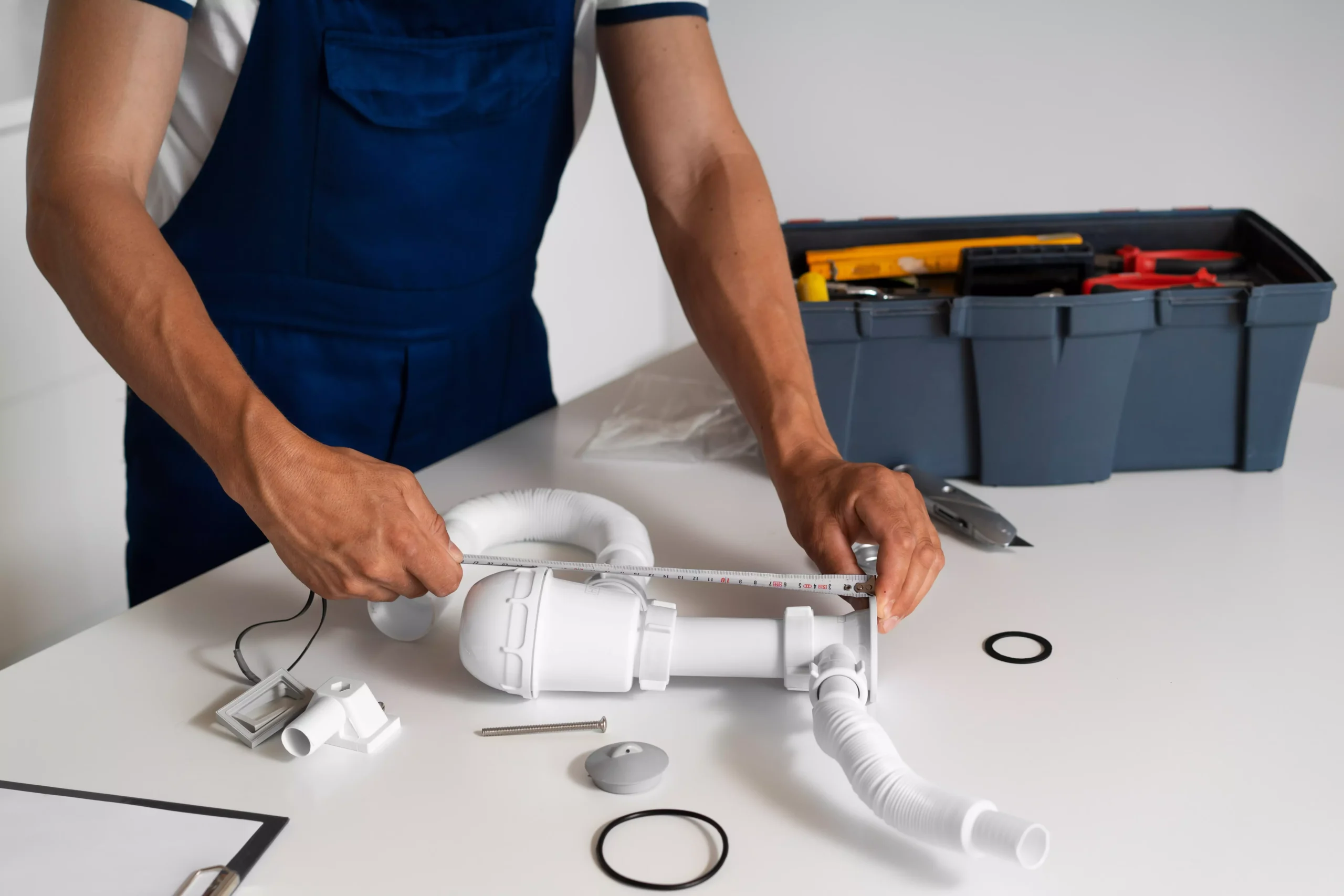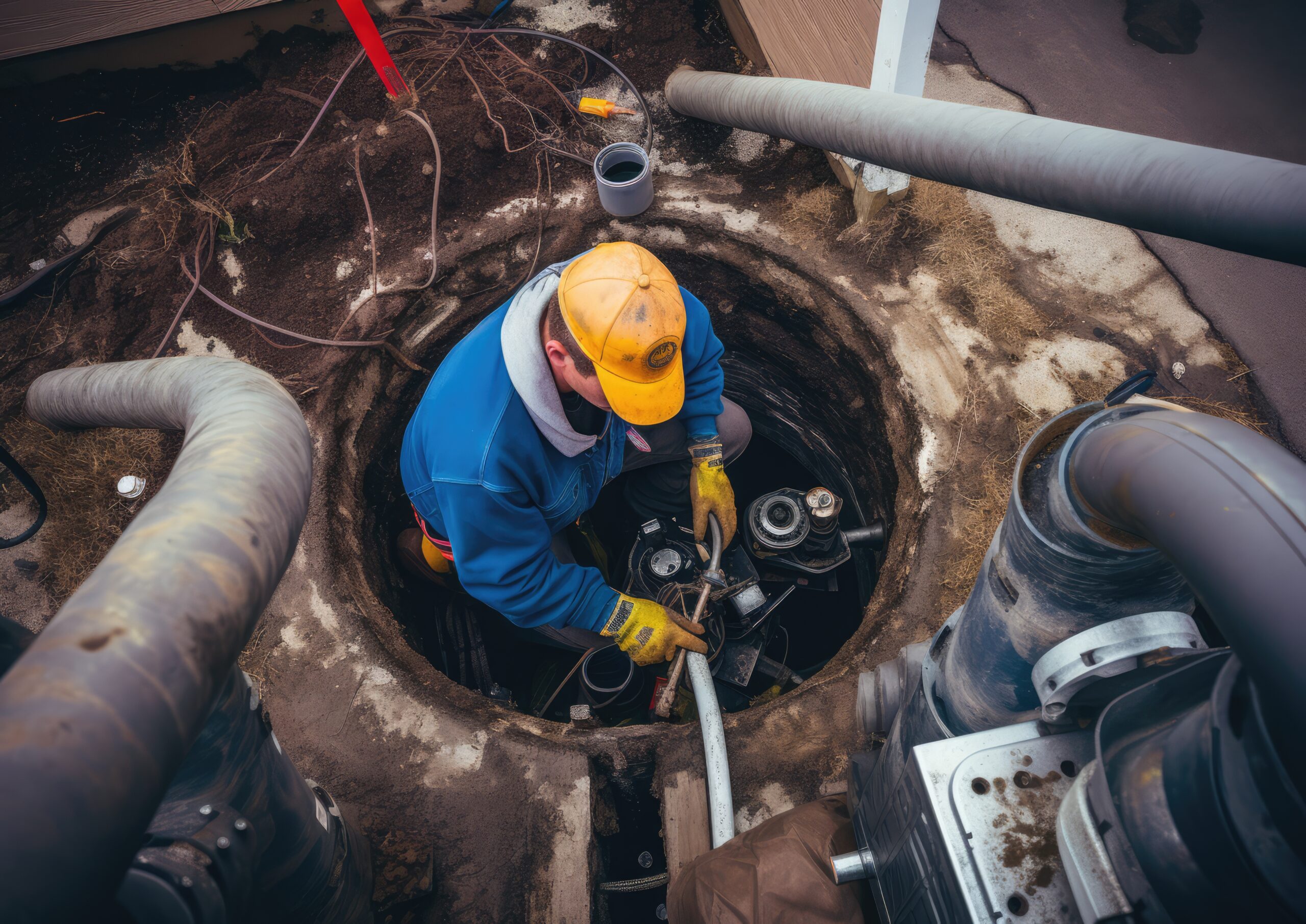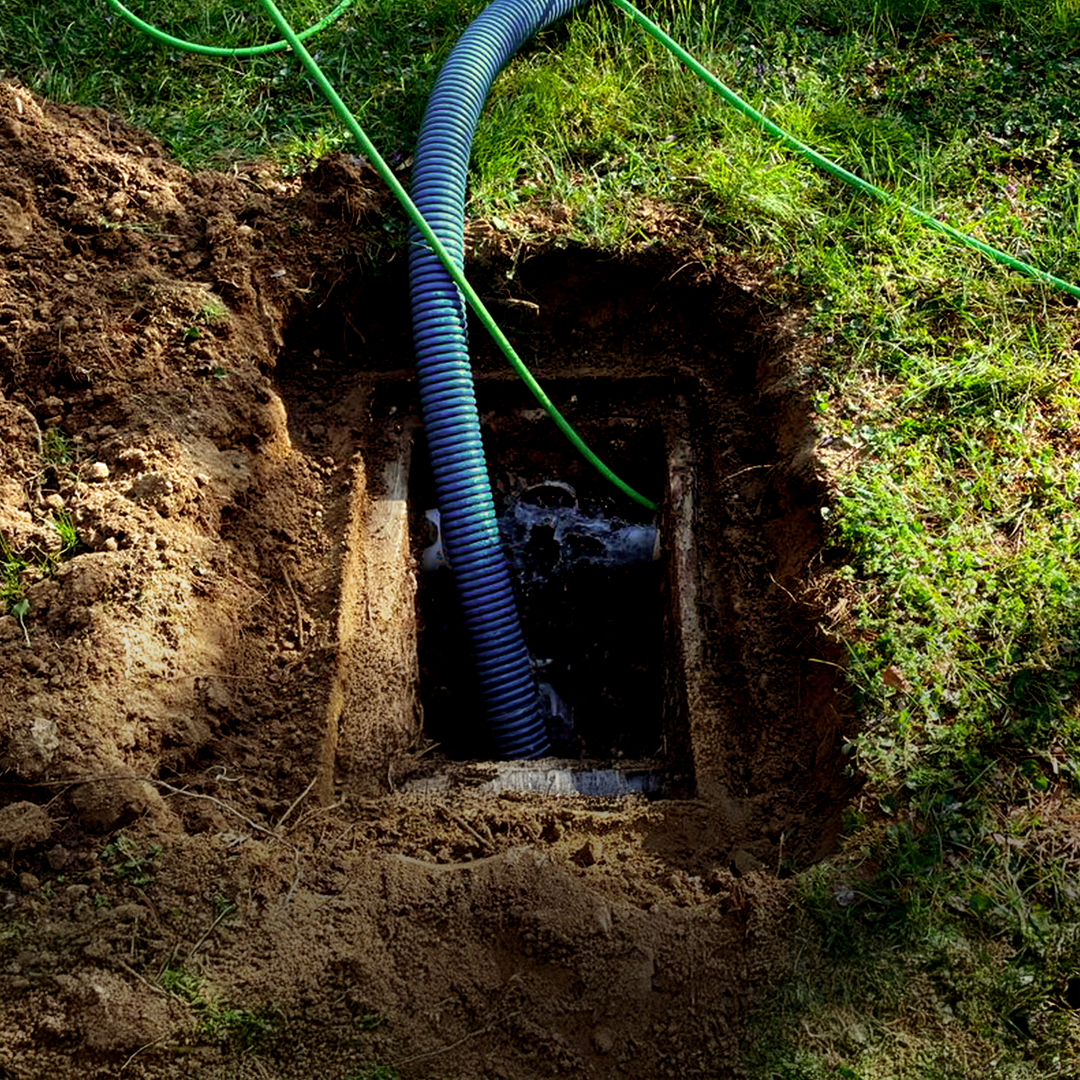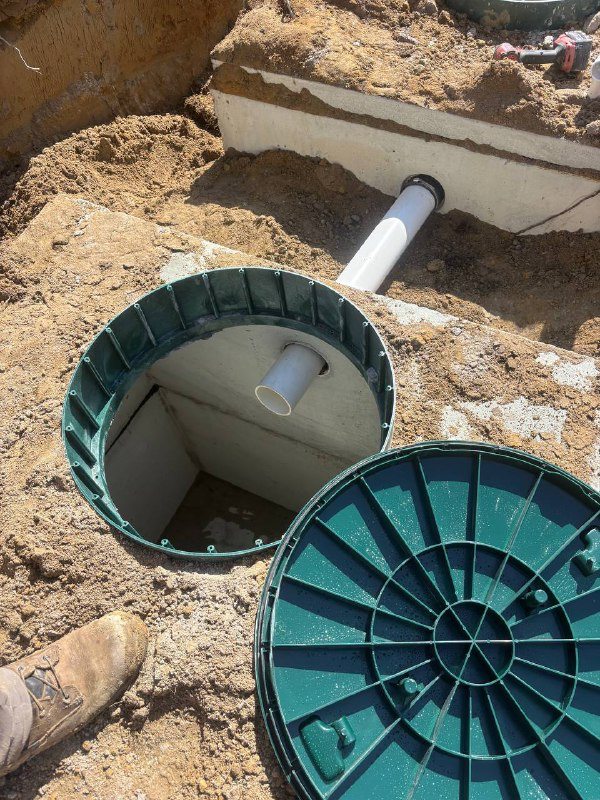In places without access to municipal sewer systems, septic tanks are essential for controlling domestic wastewater. For effective and environmentally responsible waste treatment, these systems must be installed and designed correctly. Whether you’re replacing an old septic system or building a new one, it’s important to comprehend the important aspects of the design process. In this blog post, we’ll cover the critical elements that go into septic system design and installation.
Soil Analysis
A comprehensive soil investigation is one of the first steps in building a septic system. The longevity and performance of the system can be greatly impacted by the kind of soil on your property. The proper placement and construction of the septic tank and drain field depend heavily on the permeability, texture, and depth of the soil. A qualified soil study will assist in determining any possible obstacles and provide guidance for the design process.
Site Evaluation
The next stage is to perform a thorough site evaluation after evaluating the soil conditions. When choosing the best location for the septic system components, considerations including topography, groundwater levels, and closeness to water bodies or wells must be made. It is vital to guarantee that the system is situated in a manner that reduces the possibility of contamination and complies with legal specifications.
System Sizing
Another important factor in the design process is the size of the drain field and septic tank. To handle the wastewater flow produced by the household, the system has to be large enough. When choosing the right system size, considerations such the number of bedrooms, daily water demand, and peak flow rates should be made. While big systems may result in needless expenses and an adverse effect on the environment, undersized systems may cause backups and system failures.
Technology and Treatment Options
Technological developments in septic systems provide a variety of treatment choices to maximize system efficiency and reduce environmental impact. Depending on the demands and preferences of the site, there are a number of options to take into consideration, ranging from conventional gravity-fed systems to cutting-edge substitutes like aerobic treatment units (ATUs) and drip irrigation systems. Plus, adding features like pump chambers and effluent filters can assist extend the life of the septic system and increase system efficiency.
Regulatory Compliance
It is crucial to adhere to local laws and permits while planning and constructing a septic system. The rules and regulations governing the design, installation, and upkeep of septic systems may differ depending on where you live. Engaging with a certified septic system designer who is conversant with regional laws may guarantee that your system satisfies all prerequisites and secures the essential permits
Maintenance Considerations
After installation, regular maintenance is necessary to guarantee long-term performance and avoid expensive repairs. Frequent pumping, inspections, and standard maintenance are required to maintain the system’s functionality and avoid issues like backups, clogs, and groundwater contamination. It is essential to teach homeowners how to properly maintain and care for their septic systems in order to maximize their lifespan and reduce their negative environmental effects.
Conclusion
In conclusion, careful consideration of a number of criteria, such as soil conditions, site appraisal, system sizing, technological possibilities, regulatory compliance, and maintenance requirements, is necessary when building and installing a septic system. Homeowners can successfully install a septic system that fulfills their needs and preserves the environment for years to come by considering these criteria and working with qualified professionals.




